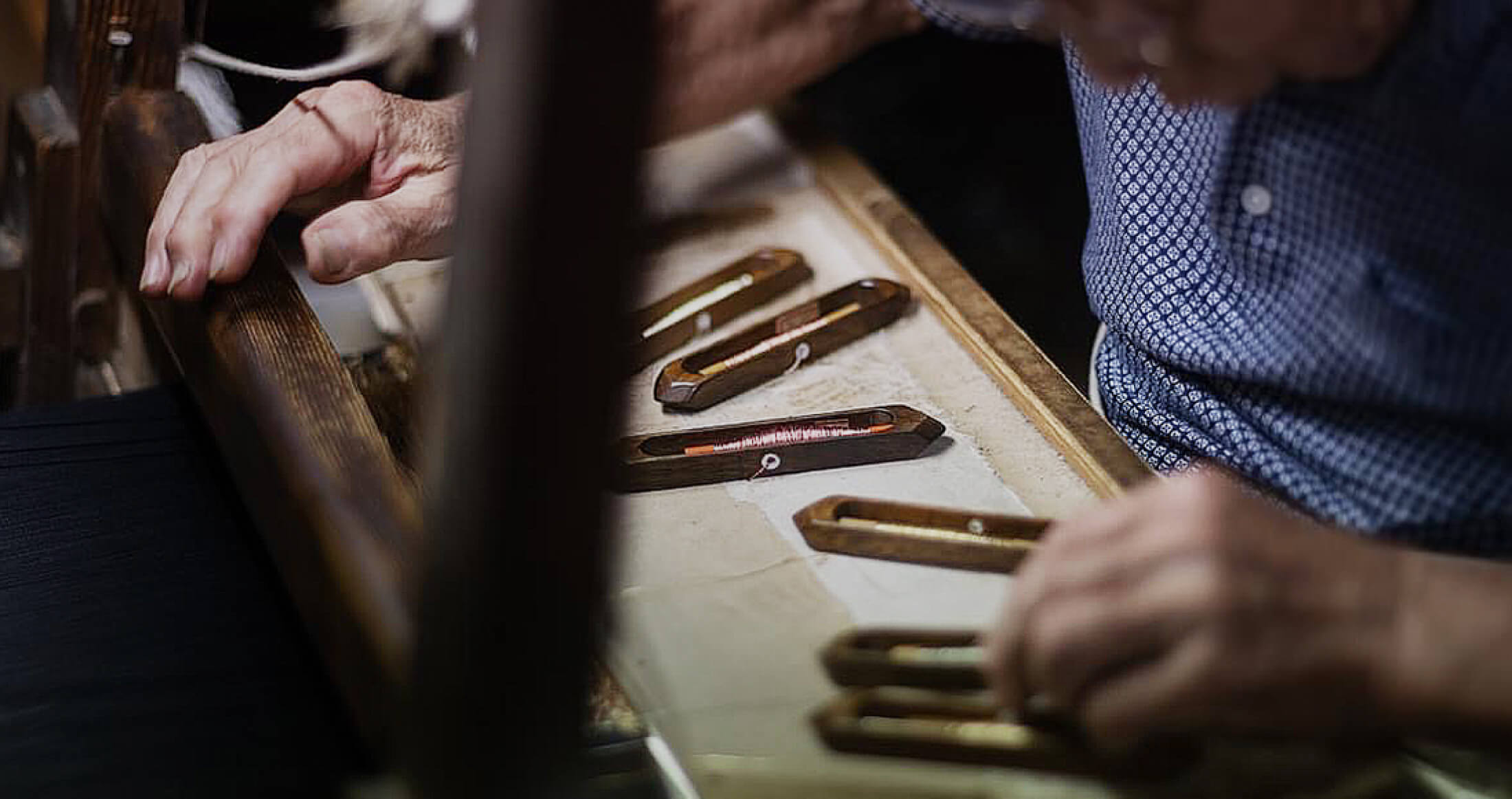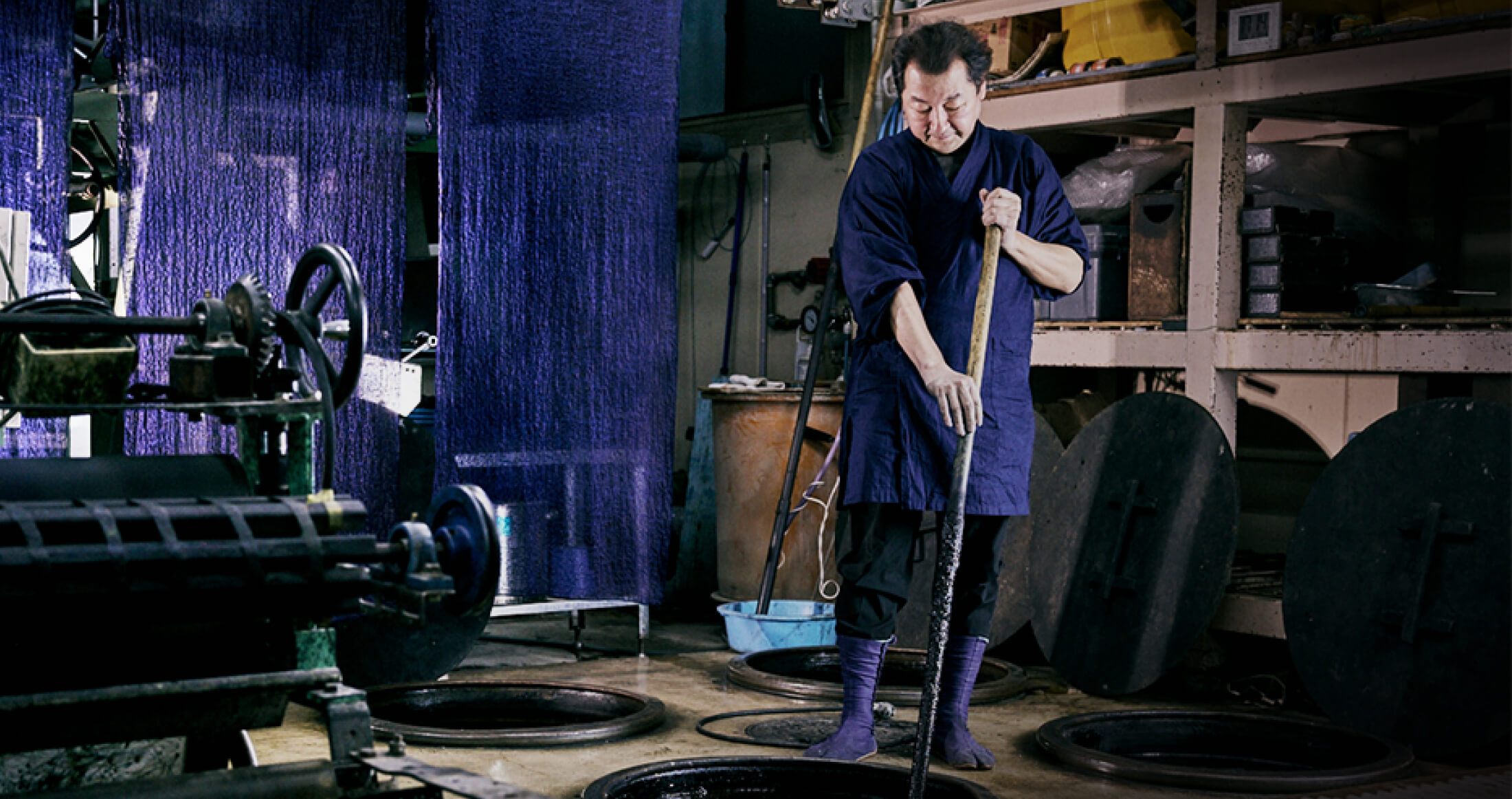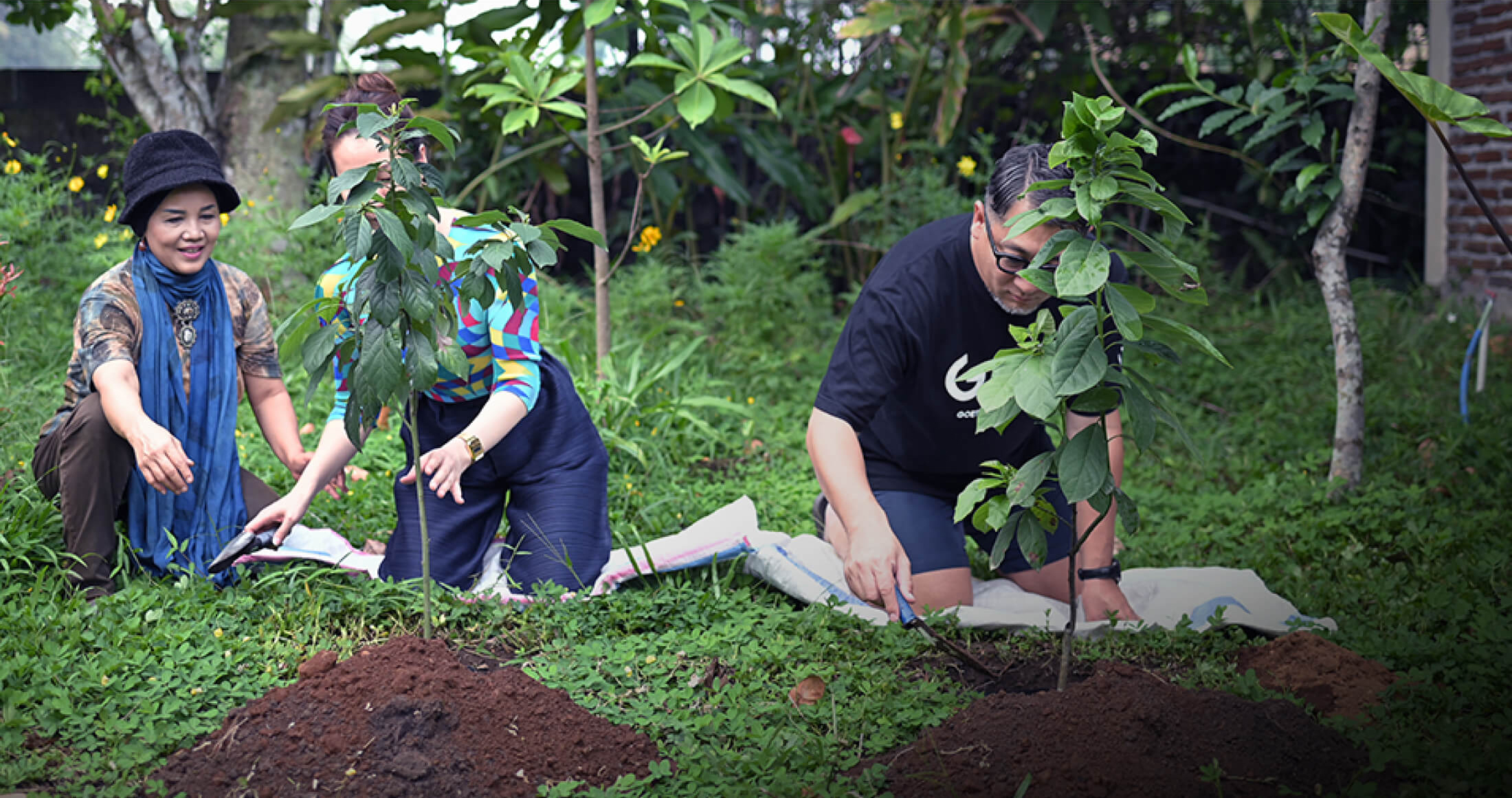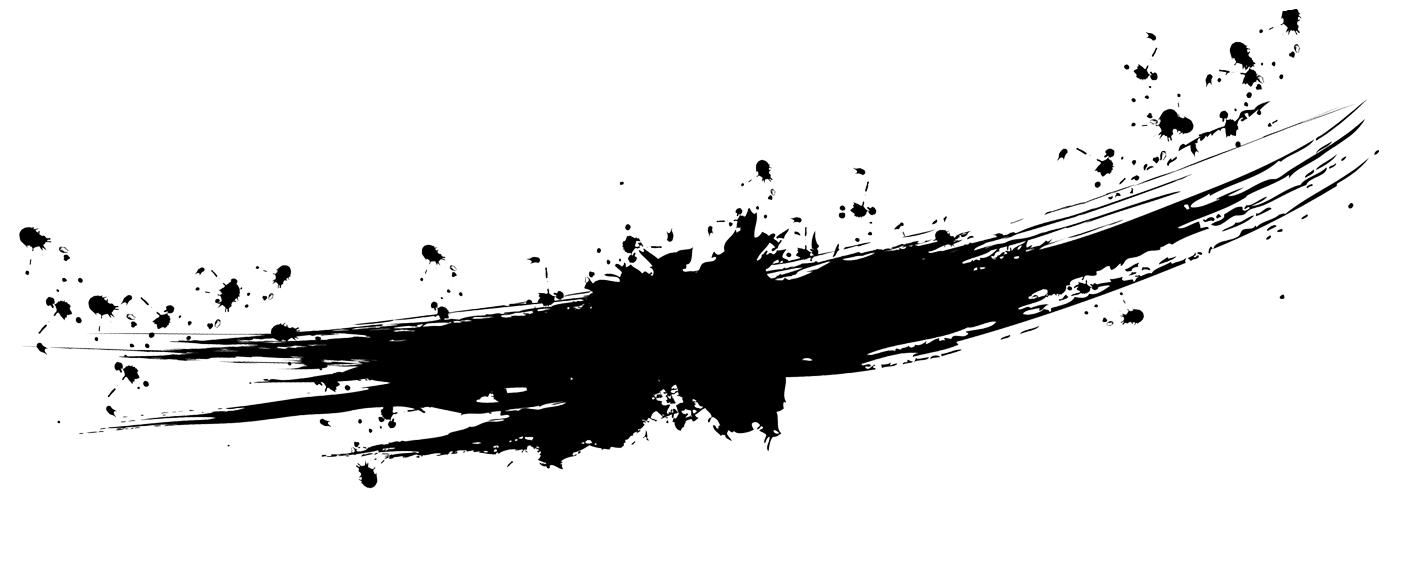
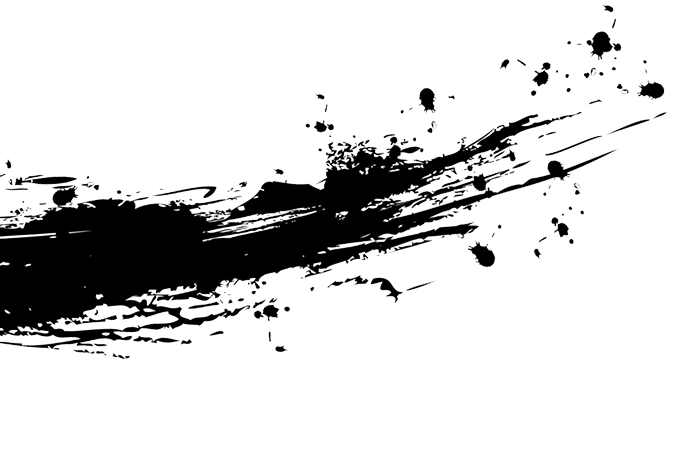
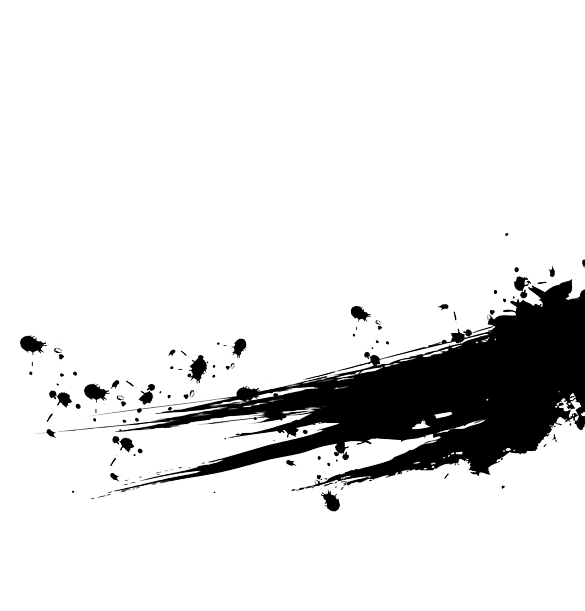
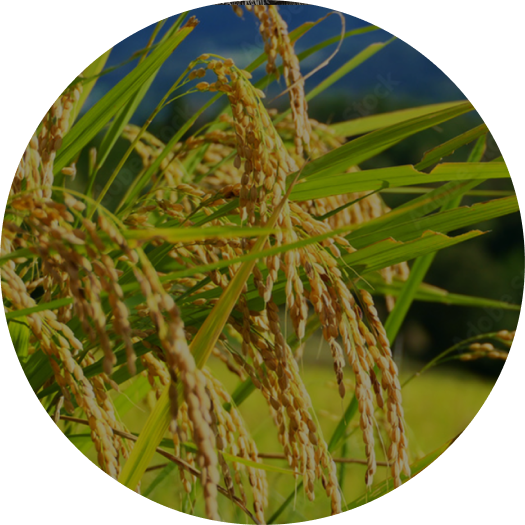
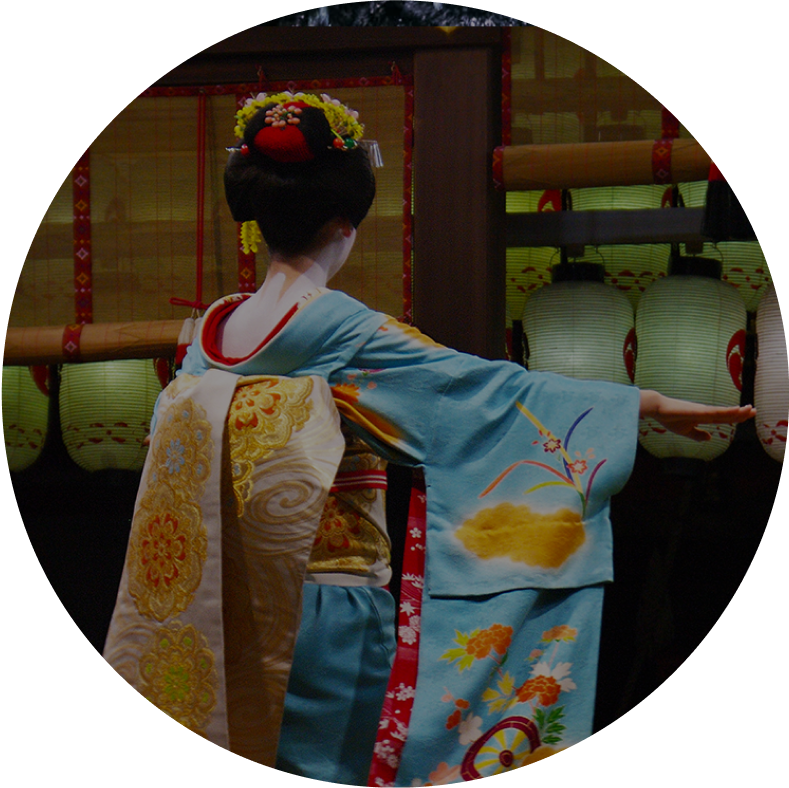
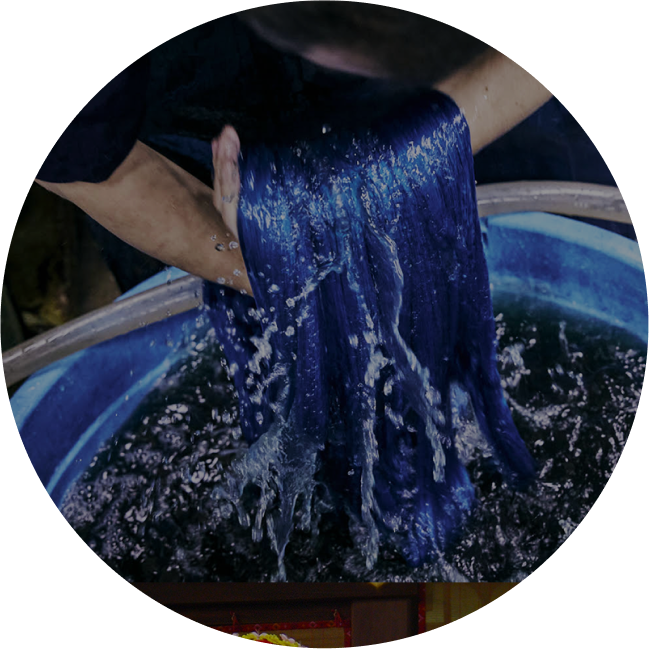
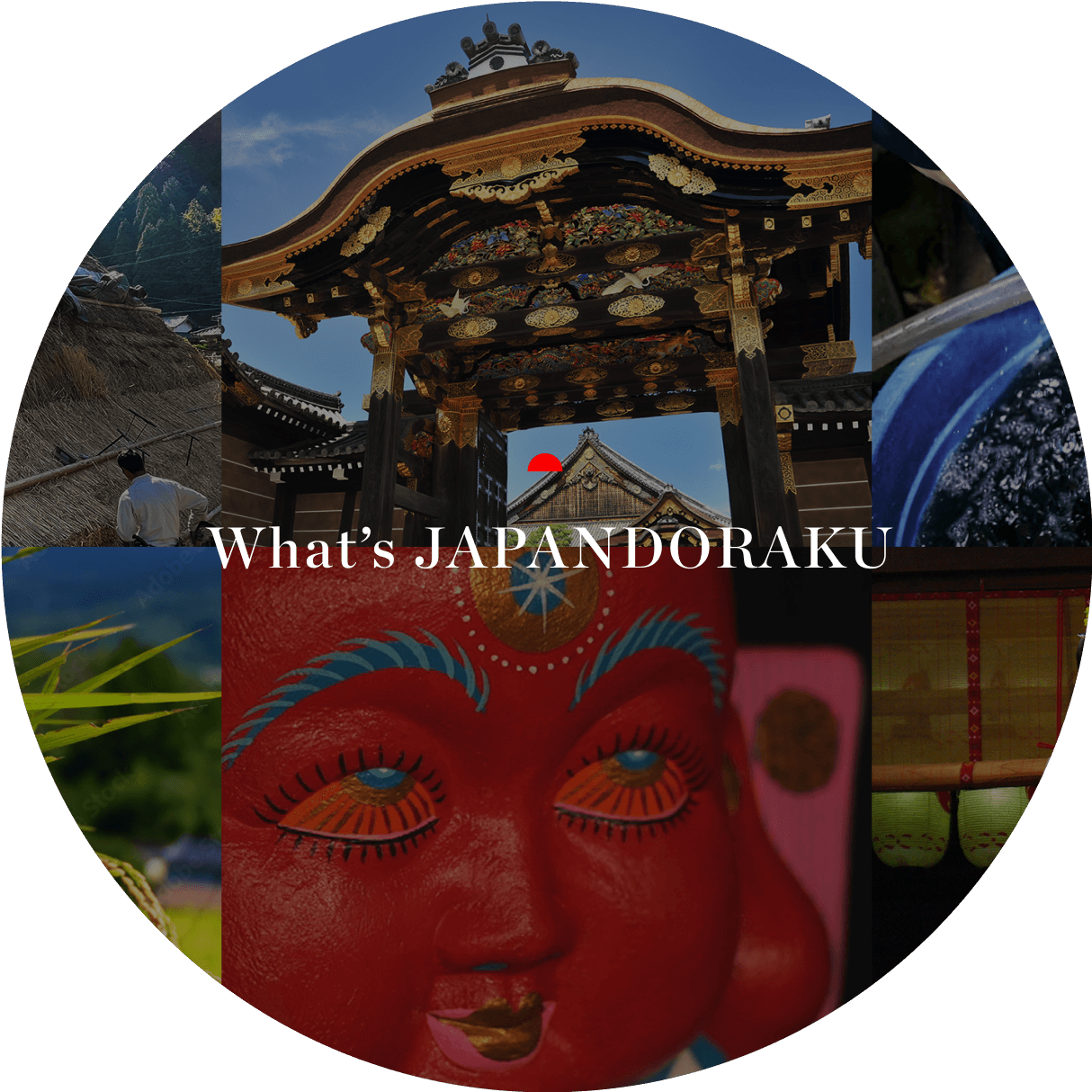

Concept
The beginning was the realisation that traditional crafts in Japan were being lost.
From that starting point, we took on board the social and environmental issues and problems derived from the declining industrial crisis, global acute food insecurity and global warming on a global scale as a party to the situation.
The first thing that needs to be done is to make the many tangible and intangible crafts and industries that have supported Cool Japan widely known, rather than only known to those in the know.
The next step is to essentially revalue traditions and crafts. And then, to create a virtuous circle and make it sustainable.
Our motto in its broadest sense is ‘Let’s create a bright future through the circulation of people and money’.
The spirit of such social contribution is embodied in our motto ‘JAPAN DORAKU’.
Double-meaning of
title and logo

If you unravel ‘JAPAN DORAKU’, the word ‘PANDORA’ is hidden. In Greek mythology, Pandora’s Box ultimately left hope behind. The name ‘JAPAN DORAKU’ was chosen to reflect this hope in the plane-shaped motif of the logo and the hopeful future that the traditional Japanese craft of ‘koto, mono, waza’ represents.

position
Just as music uplifts your spirits, food makes you happy and culture enriches you, JAPAN DORAKU sees social activities as entertainment that uplifts your life and enriches it with happiness.
Mission
- Transfer Japanese traditions, culture and technology
- Promote experience of traditional ‘things, objects and skills’
- Understand the essence of tradition and culture through experience
- Add value to unwanted or discarded objects and find new value
- Enhance industry through money circulation Rebuild
- Rebuild a virtuous social circle
Apply to
- Plant edible trees, create edible forests.
- The “Hikihaku” textile has been handed down from one generation to the next, in Nishijin, Kyoto.
- Indigo artisans have been preserving traditional techniques since the Edo period and passing them on to the next generation.
- Rework of the archive collection of SEILIN & Co.

